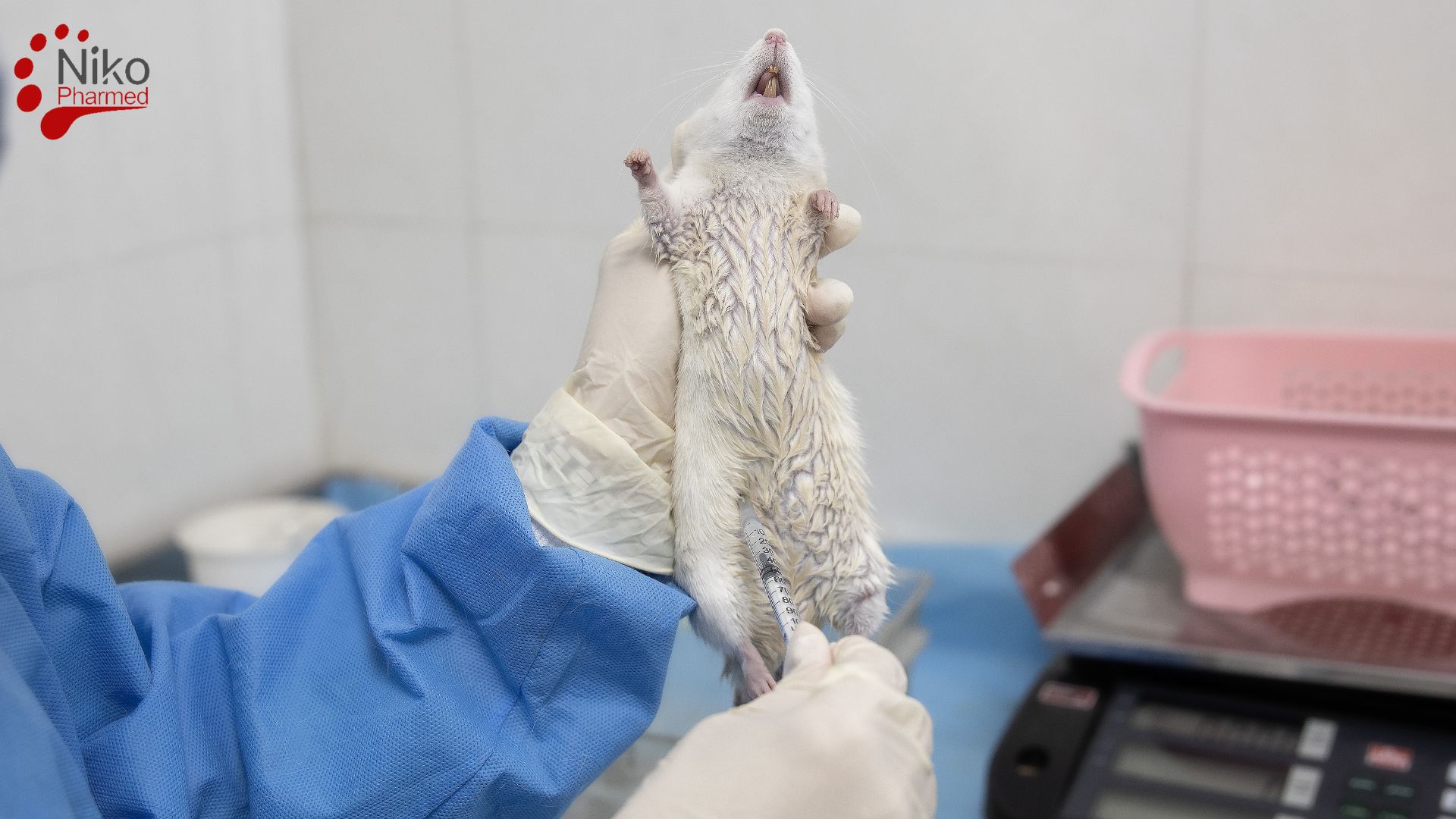What is Chronic Systemic Toxicity?
Chronic Systemic Toxicity is designed to evaluate whether prolonged exposure to a medical device, its extracts, or its degradation products produces systemic adverse effects in test animals over a significant portion of their lifespan.
ISO 10993-11 further emphasizes adherence to Good Laboratory Practice (GLP), proper controls, and dose–response evaluation to establish a No Observed Adverse Effect Level (NOAEL), which supports human risk assessment. Chronic studies build on data from shorter-duration Subchronic Systemic Toxicity and Subacute Systemic Toxicity evaluations, characterising cumulative and delayed effects over a significant portion of the test species’ lifespan.
Key Requirements:
Purpose
To detect long-term, cumulative, or delayed systemic effects from prolonged exposure to a medical device or its leachables/degradation products.
Duration
At least 10% of the test species’ lifespan (e.g., 12 months in rodents).
Test Species
Usually one rodent (rat or mouse) and, if scientifically justified, one non-rodent species (dog, rabbit, or primate).
Exposure
Reflects clinically relevant conditions, considering worst-case leachable or degradation product levels.
Endpoints:
- Clinical signs, morbidity, and mortality
- Body weight, food and water intake
- Hematology and clinical chemistry
- Urinalysis
- Gross necropsy and histopathology of all major organs
- Toxicokinetics (if needed)
- Biomarkers of organ-specific toxicity
To request testing or a complimentary consultation contact Nikopharmad
Chronic Toxicity Test Procedure
Selection of Test System
Healthy animals, typically rodents, and if required, a non-rodent species.
Groups should be of sufficient size to allow statistical evaluation.
Preparation of Test Material
Extracts prepared in both polar and non-polar solvents under standardized conditions, unless whole-device testing is more appropriate.
Dose levels designed to reflect worst-case clinical exposure.
Administration
The extract or material is administered daily (or at defined intervals) via a relevant route.
Control groups receive solvent or vehicle only.
Observation During Study
Daily: General condition, behavior, morbidity, mortality.
Weekly: Body weight, food and water intake.
Periodic: Hematology, clinical chemistry, and urinalysis.
Termination & Necropsy
At the end of the exposure period, all animals are humanely sacrificed.
Gross necropsy is performed, including weighing of key organs (liver, kidney, spleen, brain, heart, testes/ovaries, etc.).
Histopathological examination of all major organs and tissues.
Evaluation of Results
Statistical comparison between treated and control groups.
Identification of target organs, dose–response relationships, and systemic effects.
Establishment of the NOAEL, which informs human risk assessment.
A material is considered to cause chronic systemic toxicity if repeated exposure results in consistent and significant alterations in clinical health, organ weight, biochemical parameters, or histopathology when compared with controls. Absence of such effects supports the material’s systemic safety for long-term clinical use.
The NOAEL established in chronic systemic studies feeds directly into overall biocompatibility and biological risk assessment for long-term and implantable medical devices. Also Together with Acute Systemic Toxicity Testing and the broader Systemic Toxicity Testing strategy, chronic studies help define safe exposure limits, identify target organs and support biological risk assessments for long-term and implantable medical devices.
Nikopharmed Chronic Systemic Toxicity Testing laboratory
Global Recognition
ISO/IEC 17025-certified and ILAC-accredited, ensuring compliance with ISO 10993-11 and worldwide regulatory acceptance.
Technical Excellence
GLP-compliant studies with validated long-term exposure models, hematology, clinical chemistry, and full histopathology for precise systemic safety evaluation.
Regulatory-Ready Reports
Comprehensive, traceable data establishing NOAEL and supporting FDA, EMA, and international submissions for long-term device approvals.
Confidential & Secure
21 CFR Part 11-compliant electronic systems safeguard sensitive pre-market data with full traceability.
Cost-Effective Solutions
Tailored study designs and competitive pricing for manufacturers, enterprises, and regulatory bodies.
To request testing or a complimentary consultation contact Nikopharmad
Your Trusted Partner in Chronic Toxicity Testing
By choosing Nikopharmed, clients access a globally accredited partner committed to scientific accuracy, regulatory alignment, and full data confidentiality. Whether conducting year-long systemic studies, evaluating leachables and degradation products, or ensuring compliance with ISO 10993-11, our expertise guarantees reliable, defensible, and internationally recognized results—helping you accelerate regulatory approvals with confidence.


